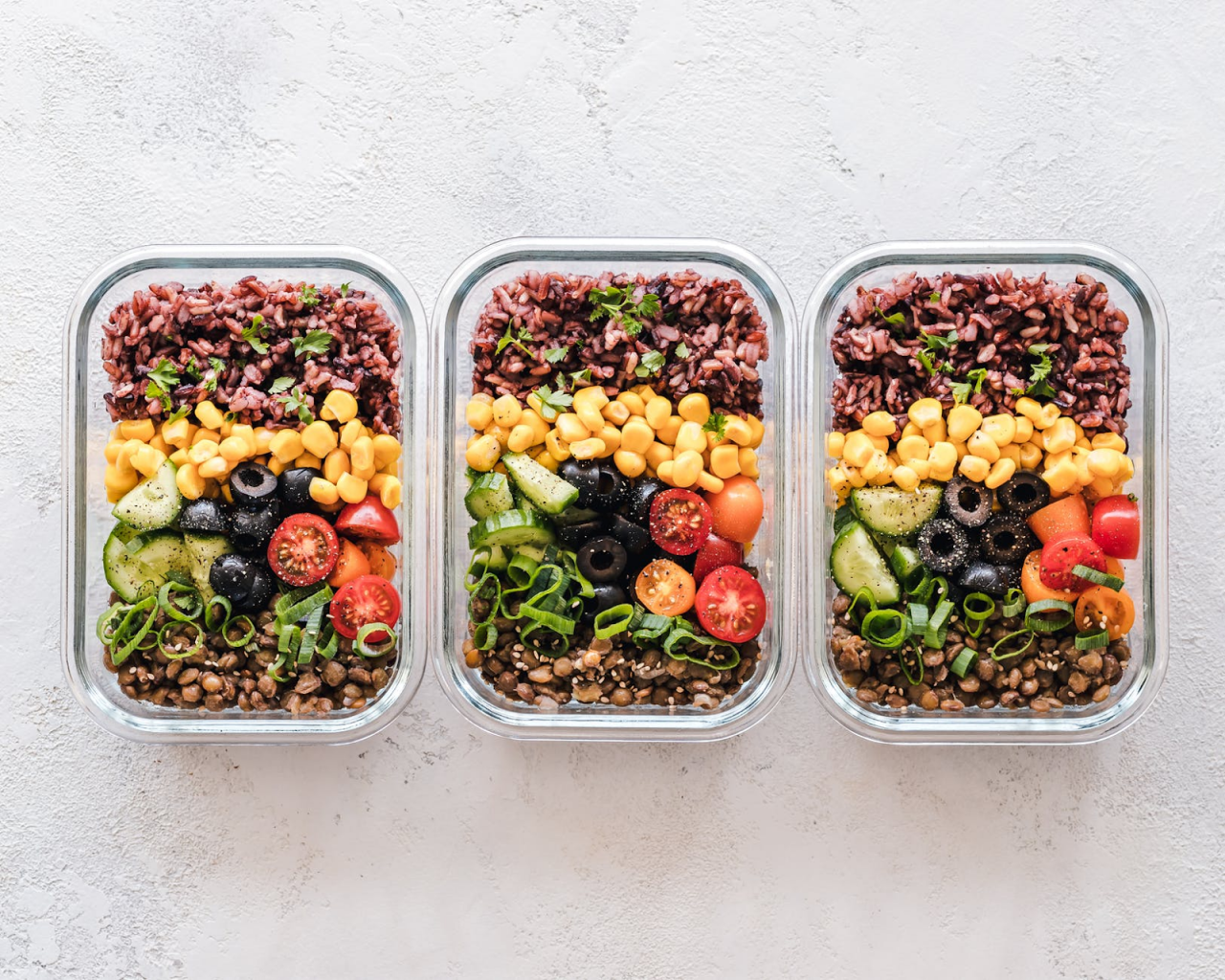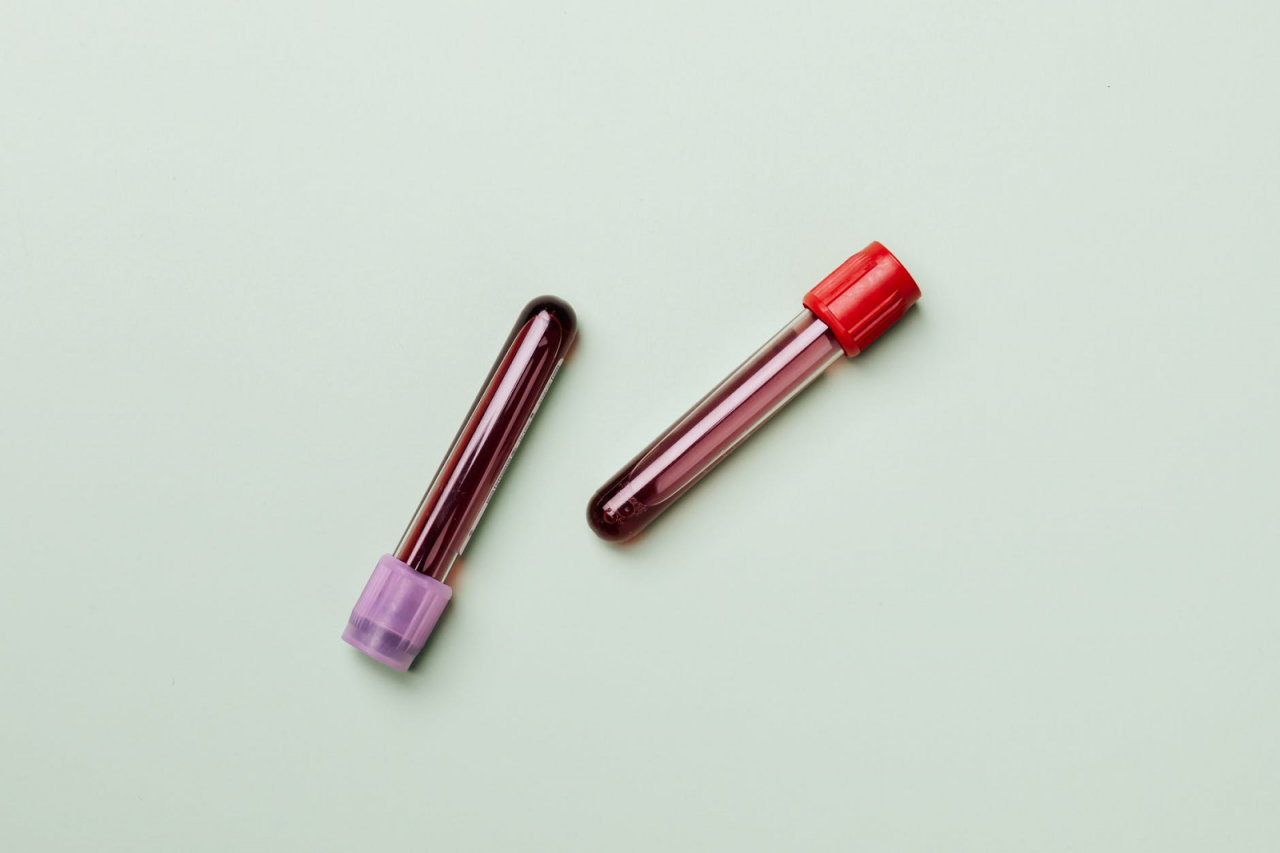While the keto diet is incredibly popular nowadays, many people don’t fully understand how the diet works. The primary goal of the keto diet is to induce the body into ketosis, which helps break down stored fats, which, in turn, aids in weight loss. However, to induce ketosis, you need to starve your body of carbs so that it does not have enough quick energy sources. That brings forth the question, how much carbs is too much? However, the perfect amount of carbs that each person requires daily varies depending on several factors. So, how many carbs can you have on a keto diet? Read on to find out everything you need to know about carb intake while on a keto diet!

Carb Intake Limit For Keto Beginners
The amount of carbs you should consume to induce ketosis depends on your body type, your regular diet, how long you have been on a keto diet, and your exercise regime. Since this is a complicated number to compute, experts suggest sticking to 20 grams of carbs per day schedule when it comes to beginners. In essence, 20 grams of carbs should be sufficient to push any body-type into ketosis, so that your stored fats start breaking down. Beginners should stick to a diet that contains 20 grams of net carbs for around three months before moving to more personalized plans.

What Are Net Carbs?
There is a difference between total carbs and net carbs. Total carbs, like the name suggests, is the sum total of all the carbohydrates, that a particular commodity contains within it. However, net carbs amount to the difference between the total carbs and the fiber content of the food item. For instance, if a red bell pepper contains 7 grams of total carbs and comes with 2.5 grams of fiber, then while total carbs remain at 7 grams, the net carbs are 7-2.5=4.5 grams. While on a keto diet, net carbs are more important than total carbs, and hence this is the magic number that you need to track.
Signs Of Ketosis
- One of the significant issues that beginners have is that they cannot recognize whether they are in ketosis. Since they are unsure of how many carbs they can have on a keto diet, they aren’t sure if they are in ketosis.
- The best way to check if your body is in ketosis is to do a blood test or urine test. A quick analysis using your blood-ketone testing meter will tell you whether your body is in ketosis. Before starting the diet or in your early stages, you will see that the scale reads Lo. Once your body goes into ketosis, your ketone levels will rise to 0.1 mmol/L, which is the smallest measurable result on the scale. Nutritional ketosis, which is what the keto diet tries to implement, starts from 0.5 mmol/L.

- Other signs which help prove that you are in ketosis include temporary discomforts, such as headaches, fatigue, and uneasiness, which are typically known as keto flu. However, rest assured because these symptoms go away as soon as your body gets used to the keto diet. They are common in people who are switching from a high-carb diet to a keto diet.
Other Symptoms Include:
- Dizziness
- Nausea
- Brain fog
- Fatigue
- Acetone-flavor breath (keto breath)
- Increased energy
- Lesser cravings for sugar
Testing Your Carb Limit
- Once you’ve been on the keto diet for around three months, you can now start to analyze how many carbs you can have on the keto diet.
- This helps you understand whether your body can stay in ketosis after taking in a higher amount of carbs.
- However, you need to test, analyze, and find your carb limit very methodically so that your body isn’t kicked out of ketosis.
- The best way to do that is by slowly increasing your carb intake and continually checking your ketone levels using a blood test kit.
- You need to stop as soon as your results start getting close to falling outside the optimal ketosis range.
- While increasing your carb intake, do it in small increments of 5 grams of net carb a day.
- Keep it at that level for 3 days and monitor your ketone levels.
- In case your levels still fall in the optimum range, up your intake by another 3 grams of net carbs.
- However, in case your levels start to drop off, go back to your original plan and stick to it to prevent your body from exiting ketosis.
- The best time to test your blood so that you get the most precise result would be right before you eat or 2 hours after a meal. Make sure you are consistent with your testing times so that you get reliable results.
What Determines Your Daily Carb Limit On a Keto Diet

- Stress Levels: Stress has an impact on your body’s response to insulin. Therefore, on a stressful day, you might see an increase in glucose, which suppresses your ketones. Consequently, you need to find ways to manage your stress.
- Caffeine: In some people, caffeine has been found to raise glucose levels, whereas, in others, it improves insulin sensitivity.
- Exercise: Exercise can have varied impacts on your insulin levels. Overtraining leads to stress, which can increase glucose levels, whereas muscle contraction promotes glucose transport, and later insulin sensitivity. Therefore, while you might find higher glucose levels after a session, it will soon be replaced with low levels an hour later. Furthermore, light exercise helps burn fat and induce ketosis faster.
- Sleep: Even a night’s worth of improper rest can damage and lower your body’s insulin sensitivity. Therefore, always make sure that you are rested and happy.
Tips to Stay on the Keto Diet
- Restrict your daily carbohydrate intake to 30 grams or less.
- Do around 1 hour of HIIT at least 3 times a week.
- Pick up a sport or swim on the other 4 days to stay active and fit.
- After the workout, make sure you get ample rest and focus on recovery.
- Try to incorporate at least 30 minutes of low-intensity activity into your daily schedule.
- To reduce stress, try to sleep for more extended periods, and practice meditation.
- Create a diet plan wherein at least 25% of your daily calorie intake comes in the form of proteins.
The underlying truth here is that everyone has a different carb limit they should stick to while on a keto diet. There are a lot of external and internal factors that determine this daily carb limit. While everyone has to take tests and analyze the results to find their optimum carb range, generally make sure you take in only around 20 to 30 grams of net carbs every day. Also, the longer you stay in ketosis, the better your body gets at maintaining it. Therefore, to see optimum results, try to follow a strict keto diet for at least 4 to 6 months. Trust me, the results will motivate you to work harder and get healthier!



